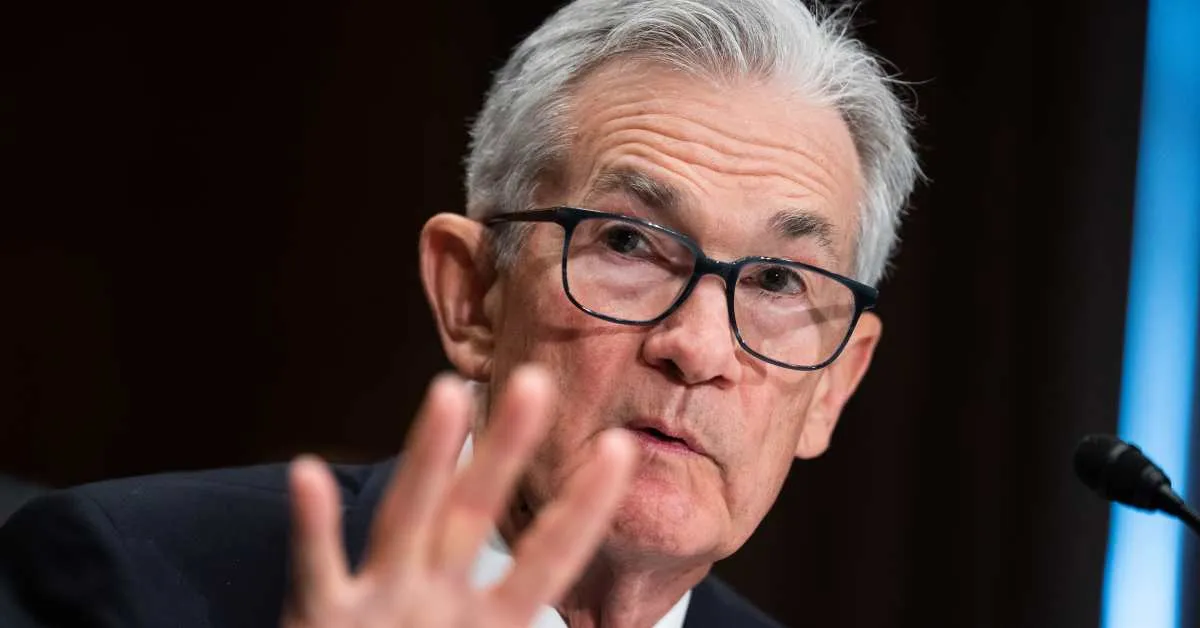
Your savings, investments, and loans are feeling the strain, but there may be hope on the horizon. Experts suggest that interest rates are likely to remain stable for the foreseeable future, possibly until the fall. This anticipated timeframe could bring a potential cut in rates, providing much-needed relief for consumers and investors alike. However, the Federal Reserve Board has made it clear that they will not adjust interest rates until they fully understand the implications of a significant emerging economic shock.
The Federal Reserve opted to maintain current interest rates, anticipating a rise in inflationary risk over the next three months and potentially for the remainder of the year. This cautious approach is closely linked to the fluctuating trade wars initiated by the White House, as highlighted by Fed Chair Jerome Powell during a recent press conference. He emphasized that the Fed's dual mandate requires a careful balance between managing inflation and unemployment.
Finding this equilibrium is a complex task; raising interest rates can help curb inflation but may simultaneously lead to increased unemployment. On the other hand, lowering interest rates can decrease unemployment but might exacerbate inflation. The Federal Open Market Committee (FOMC) is responsible for setting the Federal Funds Rate, which banks use to lend to each other overnight. This rate significantly impacts borrowing costs for consumers, businesses, and investors alike.
Recent data, including the May Consumer Price Index (CPI) and job reports, showed cooler-than-expected results. However, housing starts and retail spending experienced unexpected declines. As a result, the FOMC decided to keep the Federal Funds Rate within the range of 4.25% to 4.50% for June.
Financial analyst Peter Tchir expressed surprise at the Fed's decision to maintain rates despite lackluster job numbers, indicating that the Fed appears cautious about potential tariffs. Tchir noted that the Fed seems content to adopt a "wait and see" approach, even in light of current inflation data. This strategy, while rational, may be perceived as excessive given the current economic climate.
Looking ahead, portfolio manager Chris Versace stated that upcoming data will play a crucial role in determining whether the Fed will consider two or fewer rate cuts in 2025. Following the FOMC's quarterly "dot plot" release, which outlines forecasts for the Federal Funds Rate, it was indicated that two 0.25-percentage-point cuts remain on the table for this year.
Powell reiterated during the press conference that while the overall economy remains solid, inflation uncertainty is largely influenced by the delayed effects of tariffs imposed during President Donald Trump's administration. He identified tariffs as a significant factor contributing to the Fed's current holding pattern. The implications of tariff-induced inflation have yet to be fully integrated into the nation’s supply chain.
As market analysts anticipated, the widely monitored CME FedWatch tool now indicates only an 11% chance of a rate cut in July. President Trump, however, has continued to push for immediate rate reductions, even threatening to replace Powell if his demands are not met. In response to Trump's comments, Powell maintained that the Fed's decisions are driven by data, and this principle will not change moving forward.
The last instance of a rate cut by the Federal Reserve was in December 2024. The central bank is scheduled to meet again on July 29-30, 2025, at which point further decisions on interest rates will be evaluated based on the latest economic data and trends.
As we navigate these uncertain economic times, it's essential to stay informed about how interest rates and inflation can impact your finances. For the latest updates and insights, consider subscribing to financial newsletters that provide daily updates on market trends and economic forecasts.